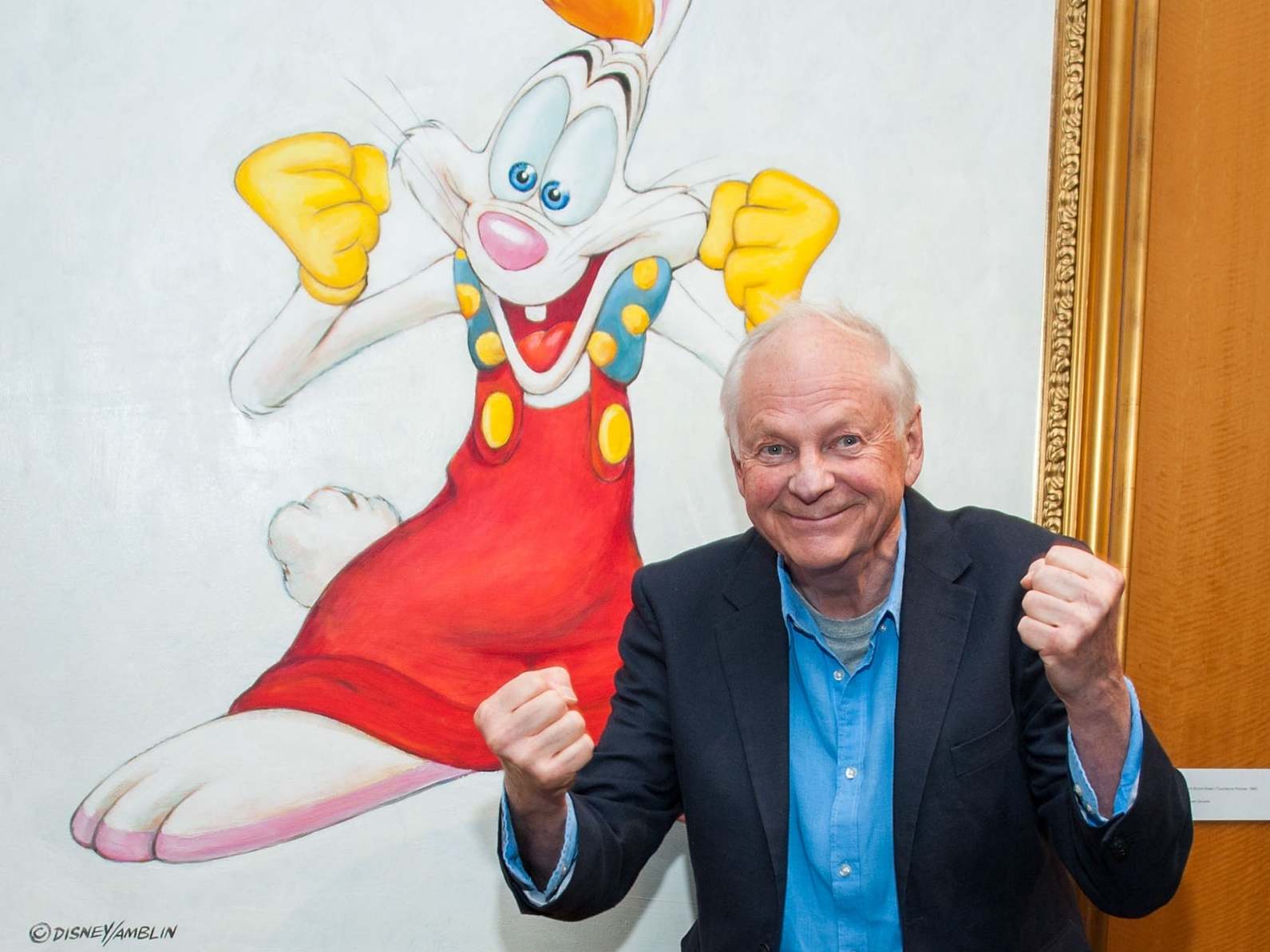Richard Williams: Film animator who gave the world Roger Rabbit
Oscar-winner whose work boosted the animation format in cinema and whose painstaking care was legendary

Your support helps us to tell the story
From reproductive rights to climate change to Big Tech, The Independent is on the ground when the story is developing. Whether it's investigating the financials of Elon Musk's pro-Trump PAC or producing our latest documentary, 'The A Word', which shines a light on the American women fighting for reproductive rights, we know how important it is to parse out the facts from the messaging.
At such a critical moment in US history, we need reporters on the ground. Your donation allows us to keep sending journalists to speak to both sides of the story.
The Independent is trusted by Americans across the entire political spectrum. And unlike many other quality news outlets, we choose not to lock Americans out of our reporting and analysis with paywalls. We believe quality journalism should be available to everyone, paid for by those who can afford it.
Your support makes all the difference.Richard Williams was an Oscar-winning animation director best known for his work on the 1988 hit Who Framed Roger Rabbit, a film that triggered the revival of animation as a viable format for cinema. Williams, who has died aged 86, was a master of old-fashioned, hand-drawn techniques, which he maintained to the end of his life.
He was born in Toronto in 1933. Aged five, his parents, who worked as commercial artists, took him to see the animated Disney film Snow White and the Seven Dwarfs, an experience he later said had made a “tremendous impression”.
He studied at the Ontario College of Art and subsequently went to work at the Walt Disney Studios in Burbank, California, an environment he found stimulating but also stifling for creativity. In 1955 he emigrated to the UK, working for the company TV Cartoons Ltd, alongside compatriot George Dunning. His first animated short feature, The Little Island (1958), a thought-provoking allegory featuring three wordless figures, won him a Bafta.
He followed it up four years later with Love Me, Love Me, Love Me (1962), narrated by Kenneth Williams. Then, in 1971, his animated television adaptation of Dickens’ A Christmas Carol gained him his first Oscar for Best Animated Short Film. As well as his feature-length work, Williams was also responsible for animated title sequences in high-profile films including What’s New Pussycat? (1965) and two 1970s Pink Panther movies. He had worked for three decades (beginning in 1964) on another feature, The Thief and the Cobbler, which might have been his masterpiece had it not run into funding and technical problems. He regretted having to hand over to producer Fred Calvert for its 1993 release: Calvert interpreted the film very differently from Williams’ original vision.
Williams’ best-known work, Who Framed Roger Rabbit, was an instant box-office hit on its release in 1988. Set in Hollywood in 1947, in a world where humans and animated characters coexist, the film tells the tale of a cartoon rabbit accused of adultery and murder and the attempts by the private detective, played by Bob Hoskins, to exonerate him.
Combining the worlds of live film and animation is a complex affair. Williams drily summed up his process of working with director Robert Zemeckis: “He’d shoot the live action and I’d say to him, ‘just leave me a hole, mark an X on the floor and we’ll draw a rabbit. So you would then print up each frame of the film in a big photograph and then we’d put a piece of paper down and draw a rabbit.’”
The film is credited for renewing interest in the “golden age” of American animation and for providing a boost to animation as a film format, which continues to this day. Roger Rabbit gained Williams a special Oscar “for animation direction and creation of the cartoon characters”.

In 2001 Williams published The Animator’s Survival Kit, a book outlining numerous techniques distilled from his life’s work in animation, which has since became a standard work for students.
He was working until the end of his life on an animated version of the Aristophanes comedy Lysistrata, of which only the first part, Prologue, was completed and released, in 2015. Peter Lord, co-founder of Aardman Animations, said: “His often-repeated joke was that the working title was ‘Will I Ever Live to Finish This?’ Well, sadly he didn’t, but my God he gave it a go.
“And, typical of the man, just because he’d set himself a virtually impossible task, he wasn’t going to compromise or take short cuts. He persisted in the most elaborate, demanding, exquisite animation anyone’s ever seen. No other animator in the world today could have achieved what Dick was doing in his eighties.”
Williams is survived by his fourth wife, Imogen Sutton, and six children from his first three marriages.
Richard Williams, animator, born 19 March 1933, died 16 August 2019
Join our commenting forum
Join thought-provoking conversations, follow other Independent readers and see their replies
Comments